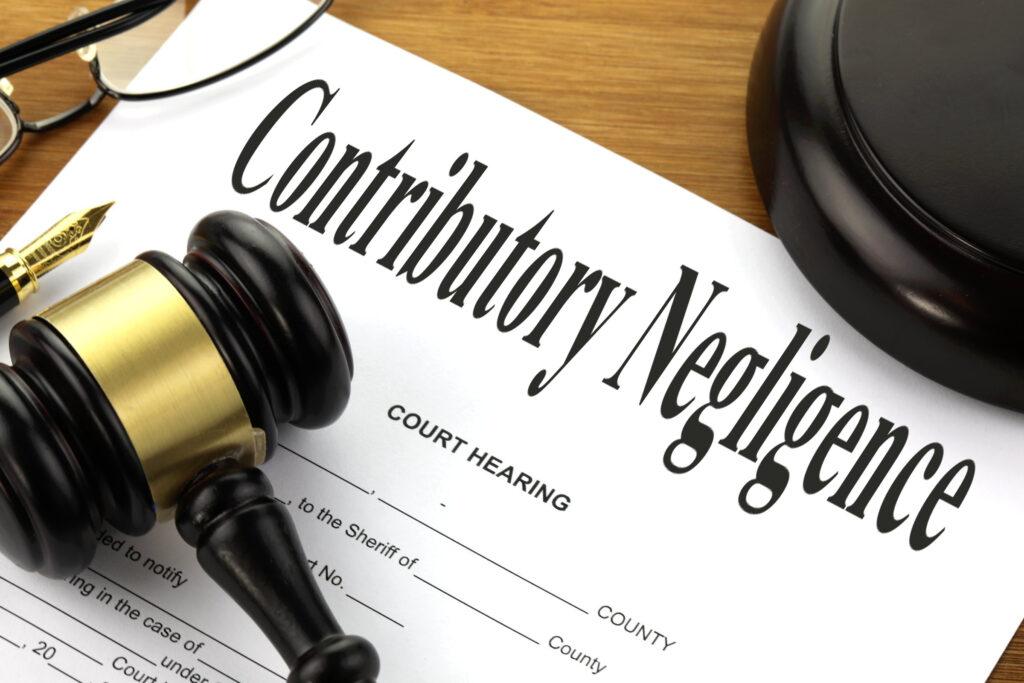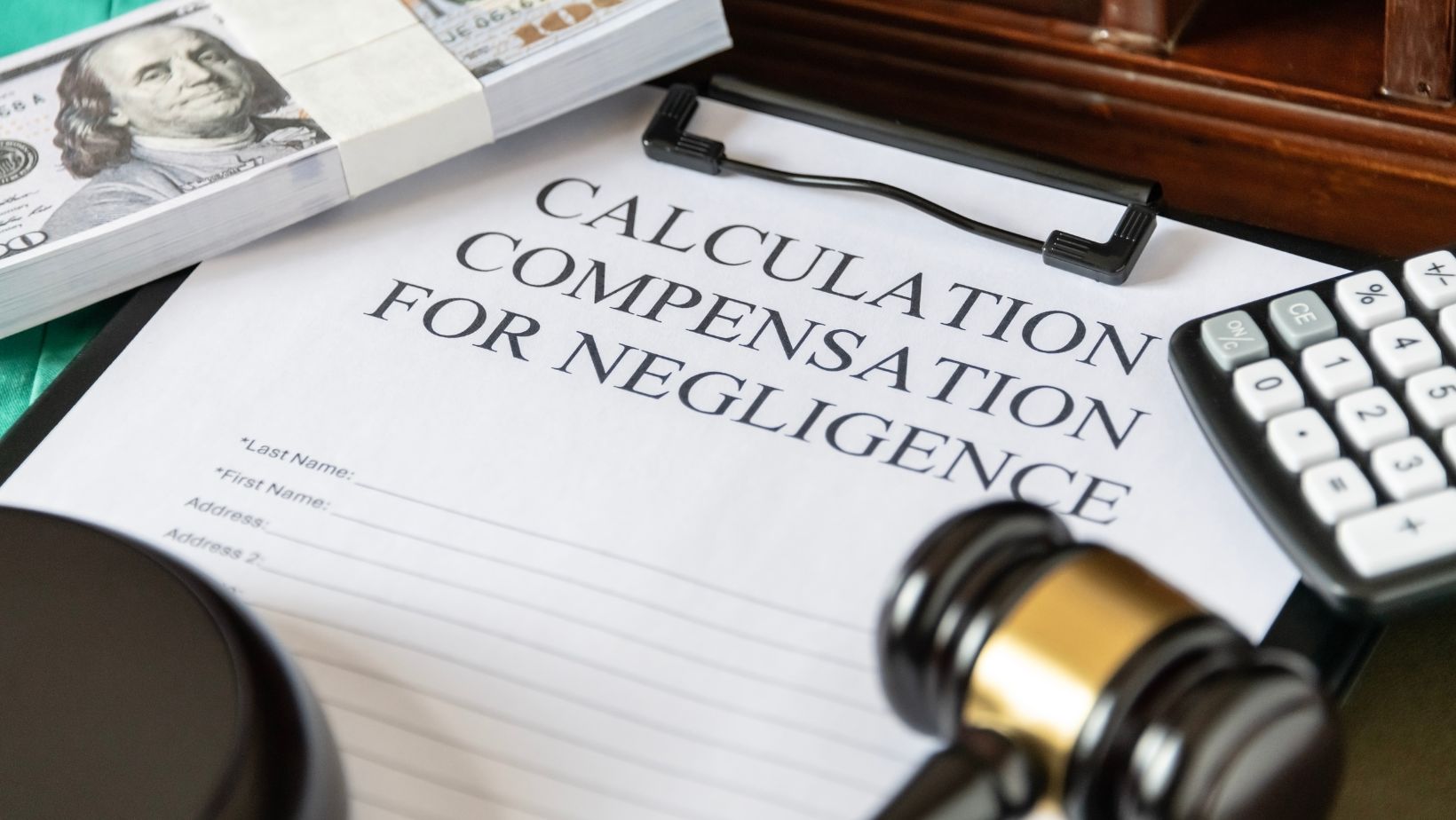
Finding out you are being blamed under contributory negligence after an accident can make an already stressful situation even worse. Very few states in the US use contributory negligence. These include Alabama, North Carolina, Virginia, and the District of Columbia. The remaining states use comparative negligence laws.
If you are facing this situation, don’t panic. Below are steps you should take to protect your rights and improve your chances of pursuing compensation. But first, let us understand about contributory negligence.
What Is Contributory Negligence?
Contributory negligence is a law that prevents you from getting compensation even if you are found to be slightly responsible for an accident. According to these laws, a 1% fault could completely block you from recovering any damages. Therefore, if contributory negligence is used against you, start by confirming that your state follows this rule.
Step 1: Avoid Admitting Fault
Watch what you say after an accident. Saying something like “I’m sorry” or “I didn’t see you there” can be used as evidence to establish fault later on. These statements, which are seen as harmless and most people perceive as polite, can lead to zero compensation.
If you are speaking to the other party, witnesses, or insurance companies, be very careful of what you say and stick to the facts about what caused the accident.
Step 2: Get a Lawyer
When contributory negligence is in play, you need someone who knows how to fight legal battles. An experienced attorney who has handled such cases will assess the strengths and weaknesses of the other party’s claim. After that, they will look for ways to challenge it.
A lawyer will also assist in gathering evidence and developing a strategy to prove you were not at fault. A strong legal argument can help you get the contributory negligence claim dismissed.
Step 3: Collect and Preserve Evidence
The best way to defend yourself against a contributory negligence claim is by showing clear evidence that the other party was fully responsible. This may include:
- Photos of the accident scene
- Medical reports
- Police reports
- Witness statement
- Dashcam and surveillance footage
The more evidence you have, the harder it becomes for the other side to pin even a small amount of blame on you.
Step 4: Fight Back Against the Allegation
Your attorney may bring in accident reconstruction experts or present witness testimony that supports your version of events. 
Step 5: Consider Settlement, but Be Smart About It
Sometimes, settling your claim out of court can be a good option. If there is a risk that a court could rule against you because of the strict nature of the law, consider negotiating. A skilled attorney can negotiate a settlement that is still fair while avoiding the uncertainty of a trial.
Step 6: Be Prepared for a Legal Battle
If your case goes to court, be ready for a tough fight. The burden will be on your end, and your legal team must work to prove that you did nothing wrong. Your lawyer must present a clear and compelling case to sway the judge or jury. Therefore, preparation, evidence, and legal expertise play a key role in beating a contributory negligence defense.
Conclusion
Contributory negligence is a harsh rule, but it is not final. If someone is trying to use this against you, take action quickly, collect relevant evidence, and get legal representation. With the right steps, you can protect your rights and get the best possible chance at a fair outcome.







